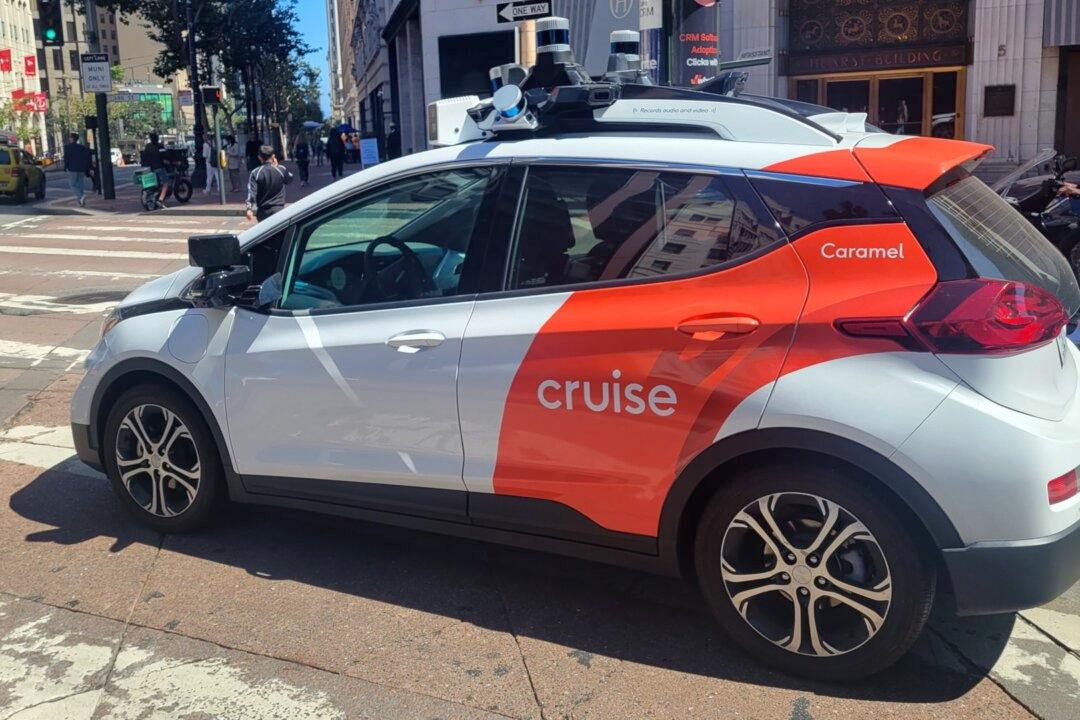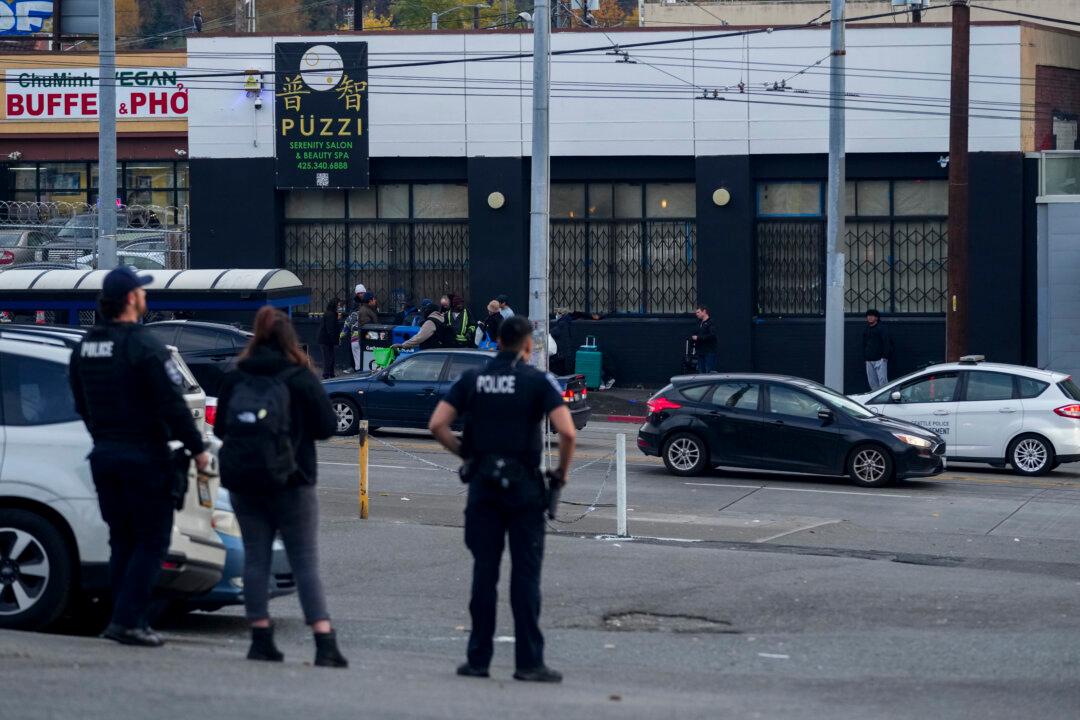GM’s Cruise autonomous vehicle (AV) unit is recalling 950 of its driverless cars across the United States following a crash that occurred in California last month that involved a pedestrian.
According to a safety notice filed by the U.S. National Highway Traffic Safety Administration (NHTSA) on Nov. 7, a software update can resolve the issue with the company’s robotaxis.





